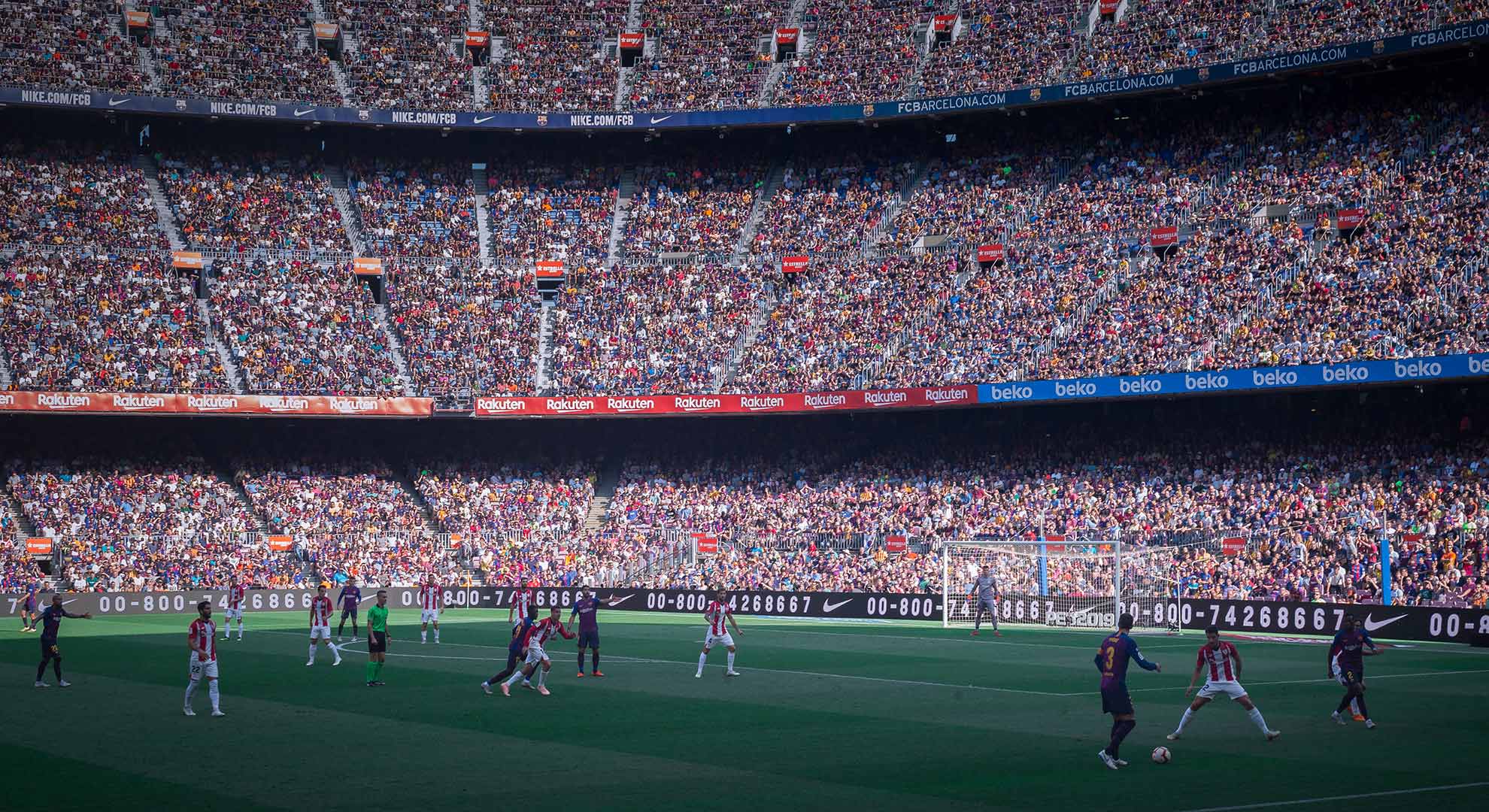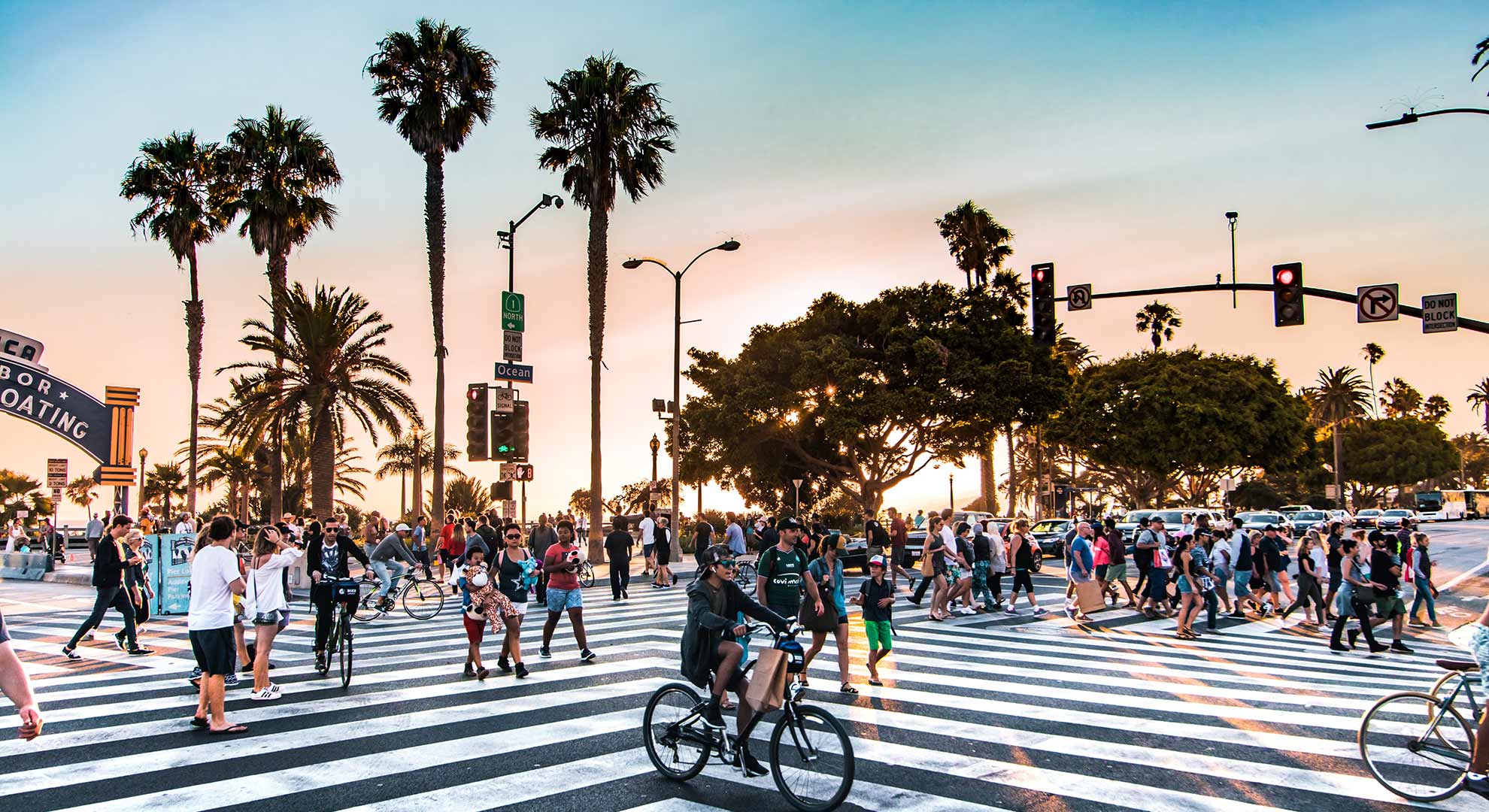Responsibilities of Post-COVID Design
How should architects and designers be considering their input into our new “normal” world?
Negotiating a truly bizarre and isolated life under the impact of COVID-19, feels like we have landed on the set of one of my favorite films: Minority Report, which was filmed in 2002. Set in 2054, the plot questions people’s ability to deceive themselves about truth, lies and reality, and poses the philosophical question of whether the future is predetermined or can be altered by free will.
We thus have a question to ask ourselves: how important is it to ensure that the creativity, imagination and innovation, which are part and parcel of architects and designers raison d’être, are in preparation now to deliver a new global environmental reality, and propose the inception (another favorite film) of a better designed, more resilient and egalitarian post-COVID world?
In the face of this global crisis, the decisions individuals and governments take in the next few weeks could shape the world for years to come; not just the healthcare systems but also our economies, politics and culture. We must act and advocate quickly and decisively.
Of course, this won’t be the first time in history that cities and buildings have been reimagined in response to disease and antecedents to the current crisis include: Haussmann’s renovation of 1800s Paris, London’s 19th-century streets reconfigured after cholera epidemics, and the new zoning laws in New York that tackled the squalid conditions of tenement housing. Form followed infection, if you like.
So how do we prepare to design for our changed world, and consider the implications of where we meet and how we use public spaces for sports events, entertainment, socializing, learning, travel, fitness, workplaces, and community living? Architects will surely need to detail urban spaces that enable people to spread out.

Camp Nou, Barcelona, Spain. PHOTO Michael Lee/Unsplash
Designers will need to specify inbuilt automation to mitigate contagion; touchless technology such as automatic doors, voice-activated lifts, mobile phone-controlled door entry, hands-free lighting and temperature control switches, even temperature screening or UV disinfecting could become standard.
Specifications already standard in healthcare design may need to extend to other buildings, such as reducing surfaces where germs can multiply, and providing ventilation systems that clean and replace contaminated air. Designers will seek natural antibacterial fabrics and finishes, but also need to consider how these are procured and manufactured.
We should design flexible homes to accommodate home working, enable privacy and security as well as multigenerational living, and provide outside play space and food growing in private or shared community-based spaces.
We might even consider how buildings themselves could limit the spread of future epidemics. The detailing of streets and shops must be adapted to accommodate social distancing, whilst at the high level city planners must be given the backing to bring open spaces, watersheds, forests and parks into the heart of where we live.
Large open spaces within cities could allow implementation of emergency services and evacuation protocols. Air quality, waste and water management are, after all, the keys to our health and well-being in future cities. We will need access to data and a feedback-based approach to our design processes.
Integrated regional plans centered on economies, energy provision, transport networks and food production will allow new sustainable networks to become pillars of resilience, and force a stronger coalition for sustainable change.

Crosswalk on Santa Monica boulevard. Photo Jack Finnigan/Unsplash
However, we need to take into account the long-term consequences of our actions. Perhaps for the first time technology allows monitoring of populations, so if we are not careful, this epidemic could create a watershed in the developing history of personal surveillance.
In their battle against the coronavirus epidemic some governments have deployed new surveillance tools by closely monitoring people’s smartphones, using face-recognizing cameras, and even obliging people to check and report their body temperature and medical condition.
This is the level of surveillance that Stephen Spielberg predicted in Minority Report. It’s possible to argue the case for biometric surveillance as a temporary measure during the pandemic emergency, which could reduce once the emergency is over. But will it, if there is a new emergency lurking on the horizon?
The benefits of relying on data harnessing for the public good, could be overtaken if political and technological advancements in surveillance essentially strip us of our privacy.
Our cities are still developing, and more are needed. Over 60% of the global built environment anticipated in urban centers by 2030 remains to be built. This is our opportunity to create resilience, reduce disaster risk, and improve the quality of our lives in tomorrow’s cities by design.
Architects and designers have unique skills grounded in critical thinking and the ability to imagine new futures. We are already a multilateral community, we have the reach and choices to improve the planet.
I hope our design community finds ways to work globally to address the urgent issues of our time. Every crisis is also an opportunity: we can rebuild our environment, but it is our choice to rebuild better.
Main Image_Camera wall, Toronto, Canada. Photo Lianhao Qu/Unsplash
